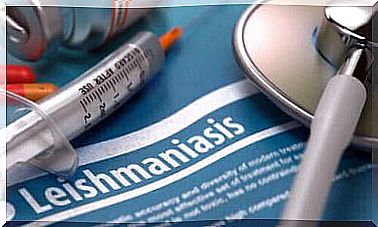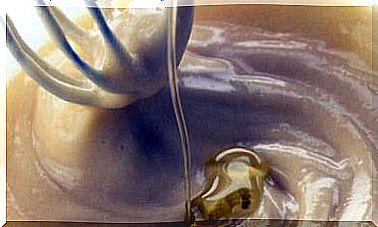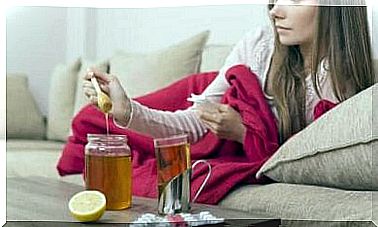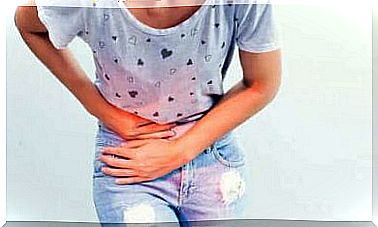Nutritional Advice For People At Risk Of Osteoporosis

In general, all people are at risk of developing bone problems. However, there are determining factors that increase the risk of osteoporosis. That’s why in this article we’ll show you some tips about nutrition that you can use to reduce the effects of this disease, which weakens your bones.
Bones and Osteoporosis
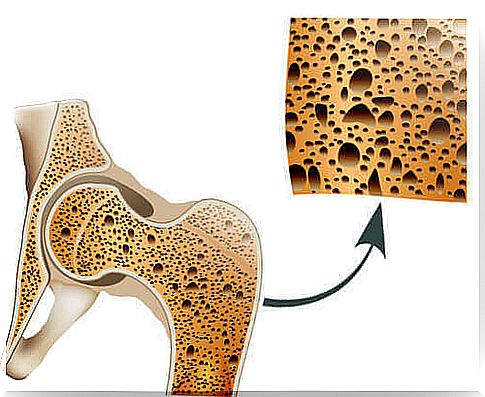
Our bones are living tissues that often regenerate. That is, new cells replace the old cells. This guarantees their health and thus the proper functioning of the bones.
However, this process can be interrupted or affected. Then the cells can regenerate less quickly and the bones become weak and thin. In that case, we become prone to fractures. This process is known as osteoporosis.
Factors that increase the risk of osteoporosis
There are several factors that increase the risk of osteoporosis. All of these conditions can be treated with medications or supplements, which reduce the risk of osteoporosis.
Unavoidable Risk Factors
- aging
- family history
- menopause
- thin bone structure
Avoidable Risk Factors
- excessive use of alcohol
- to smoke
- amenorrhea
- lack of vitamin C or D
- a low body weight
Preventing Osteoporosis
Everyone should take measures against the risk factors that are preventable. However, those who already have unavoidable factors in their lives should make an extra effort not to add other problems.
So, if you have a family history of osteoporosis, if you are a bit older, or are entering menopause, you need to take extra care of your bones.
It is therefore not recommended to add risk factors such as smoking or excessive drinking. On the other hand, preventable conditions that increase the risk of this disease should be treated in a timely manner.
What can you do to reduce the risk of osteoporosis?
Below is a list of the most important nutritional measures you should take to reduce the risk of osteoporosis:
- Eat the right amount of protein. Protein is the substance responsible for nourishing our tissues. Low protein levels create deficiencies for regenerating body tissues, including bones.
- Eat plenty of foods with vitamin D. The main foods that contain vitamin D are:
- fish oil
- tuna, salmon and sardines
- dairy products
- egg yolks
- avocados
- Eat foods with calcium. The product with the highest calcium content is without a doubt dairy. We can also obtain this mineral through the consumption of, for example:
- sardines
- sesame seeds
- almonds
- Spinach
- dried figs
- Avoid eating excessive fiber. While fiber is very healthy, it can be counterproductive in the case of osteoporosis. This is because it could potentially reduce the absorption of calcium.
Other tips we recommend

- Reduce salt intake.
- Limit your bad habits. If you are a smoker, try to quit, as smoking not only increases your risk of osteoporosis but can also cause a laundry list of other health complications.
- If you are both overweight and underweight, it is best to contact a dietician to have a suitable diet drawn up. This also applies if you have a calcium or vitamin D deficiency.
- If you suffer from amenorrhea, have this situation treated by a medical specialist as soon as possible.
- Don’t forget to include exercise in your daily routine. This can be as simple as walking for 30 minutes a day.
So, talking to an expert can help you resolve the conditions that increase the risk of osteoporosis in many ways. Also remember that your health and the quality of your life are things not to be taken lightly.
Do you already suffer from osteoporosis? We recommend that you undergo medical checkups and try to incorporate new healthy habits into your life to slow down the development of this condition.
